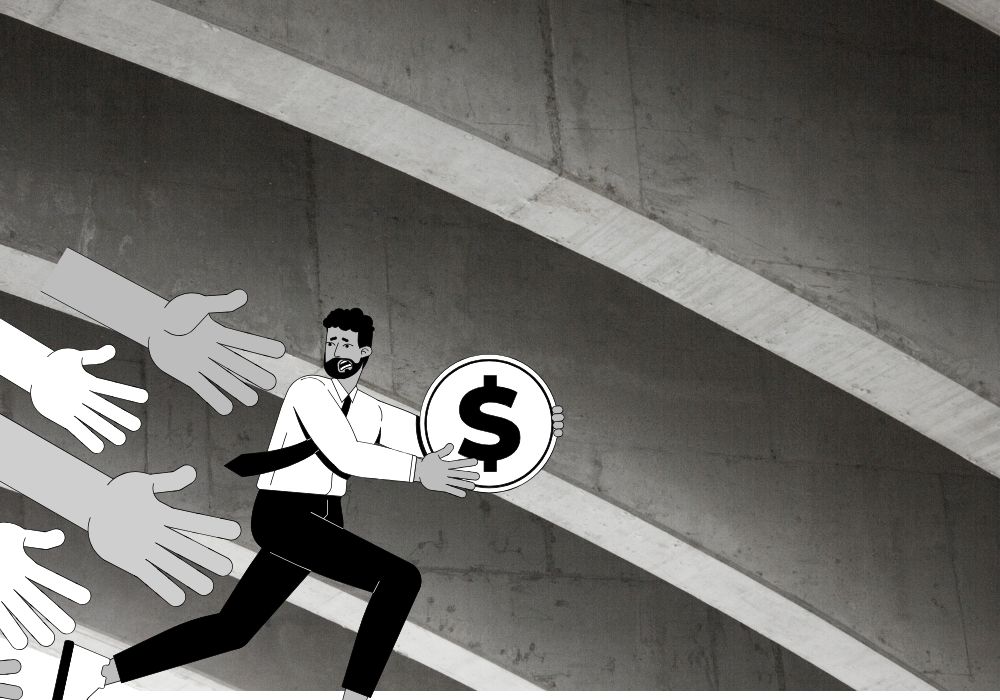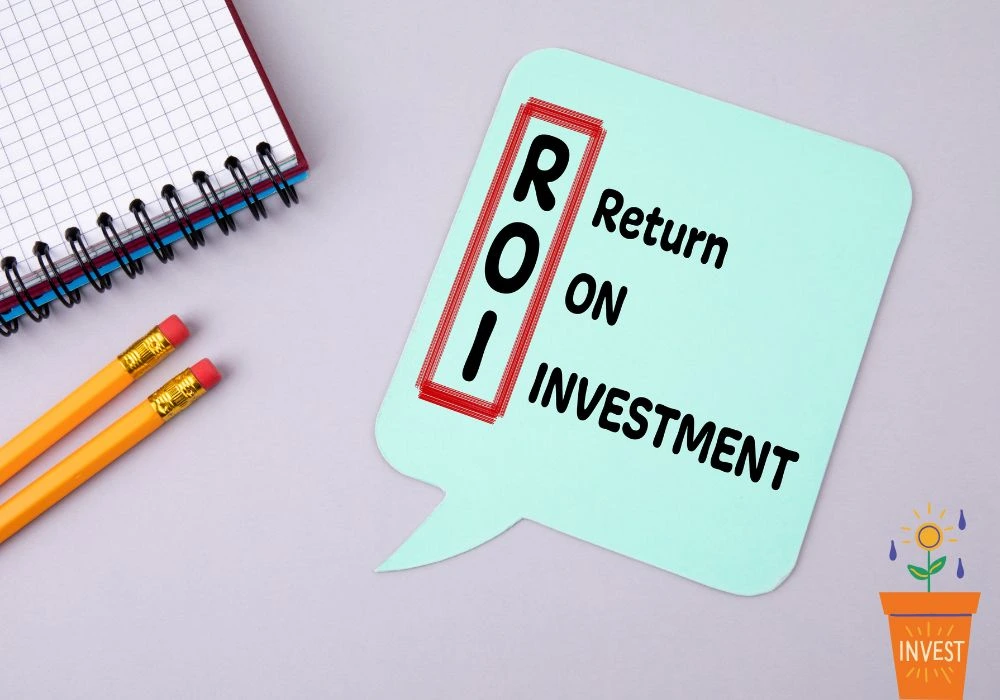- Defining a Creditor
- Types of Creditors
- How Creditors Operate in Daily Life
- Rights and Responsibilities of Creditors
- The Role of Creditors in Bankruptcy Situations
- Differences Between Creditors and Debtors
- How Creditors Affect Your Credit Score
- Common Misconceptions
- Strategies for Dealing with Creditors Effectively
- Creditors in Business Contexts
- The Evolution of Creditors Over Time
- Global Perspectives on Creditors
- Wrapping It Up
When starting out in the world of finance, many young adults encounter terms that seem confusing at first. As someone who has navigated personal loans and credit cards during college years, the concept of a creditor became clear through real-life situations like managing student debt.
Dealing with monthly payments and interest rates taught valuable lessons about financial responsibility. In this article, I’ll break down what a creditor is in simple terms, drawing from those experiences to make it relatable.
Defining a Creditor
A creditor represents anyone or any entity that lends money or extends credit to another party. Think about borrowing cash from a bank for a car purchase.
That bank steps into the role of creditor because it provides the funds upfront, expecting repayment over time. Creditors come in various forms, from large financial institutions to individual people.
You might encounter creditors in everyday scenarios, such as when signing up for a mobile phone plan on installment.
The phone company acts as the creditor, allowing use of the device while payments trickle in monthly. This setup builds on trust that the borrower will fulfill the agreement. Without creditors, accessing big-ticket items like vehicles or homes would prove much harder for most people.
Creditors play a key part in the economy by circulating money and enabling growth. Businesses rely on them to expand operations, while individuals use them to achieve personal goals.
However, this relationship involves obligations on both sides, ensuring fairness in transactions.
Types of Creditors
Creditors fall into different categories based on the nature of the debt and the security involved. Secured creditors hold a claim on specific assets if the borrower fails to pay. For instance, a mortgage lender secures the loan against the house itself.
If payments stop, the creditor can take possession through foreclosure processes.
On the other hand, unsecured creditors lack this collateral protection. Credit card companies often fit this description, relying solely on the borrower’s promise to repay.
Because of the higher risk, interest rates tend to climb steeply for unsecured debts. You can see this in action when comparing auto loan rates to those on personal lines of credit.
Another type includes trade creditors, common in business settings. Suppliers who deliver goods on credit terms act as trade creditors, expecting payment within a set period, like 30 days.
This arrangement keeps commerce flowing smoothly without immediate cash exchanges.
Government entities sometimes serve as creditors, too, such as through tax liens or student loan programs. Understanding these distinctions helps in making informed choices about borrowing.
You must weigh the pros and cons of each type before committing, as they affect repayment flexibility and potential consequences.
How Creditors Operate in Daily Life
Creditors don’t just lend money and wait passively. They actively manage the lending process to minimize risks.
This starts with assessing creditworthiness through checks on income, history, and scores. A solid credit score signals reliability, often leading to better terms like lower interest.
Once the loan gets approved, creditors set up repayment schedules. These could involve fixed monthly installments or variable amounts based on usage, as seen with revolving credit accounts.
You can adjust spending habits to stay within limits, avoiding penalties that creditors impose for late payments.
Interest calculation forms a core part of their operations. Simple interest applies only to the principal, while compound interest builds on both principal and accumulated interest. Grasping this difference prevents surprises in the total amount owed over time.
Creditors also use collection methods when debts go unpaid. Initially, reminders come via emails or calls. If ignored, they might involve agencies or legal actions.
Staying proactive by communicating during tough times can lead to arrangements like deferments, easing the burden without escalating issues.
Rights and Responsibilities of Creditors
Creditors hold certain rights to protect their investments. They can demand full repayment according to the contract terms. In cases of default, pursuing legal remedies becomes an option, including lawsuits or asset seizures for secured debts.
However, laws regulate these rights to ensure ethical practices. The Fair Debt Collection Practices Act prevents harassment, false statements, or unfair tactics during collections.
You benefit from these protections, allowing disputes over inaccurate charges or improper handling.
On the flip side, creditors bear responsibilities too. Providing clear disclosures about terms, fees, and risks upfront builds transparency. They must handle personal information securely, complying with privacy laws to prevent data breaches.
Balancing these elements fosters healthy financial relationships. You can exercise your rights by reviewing statements regularly and questioning discrepancies promptly.
This vigilance not only safeguards interests but also strengthens credit profiles for future needs.
The Role of Creditors in Bankruptcy Situations
Bankruptcy introduces complexities for creditors. When someone files for bankruptcy, an automatic stay halts collection efforts temporarily. Creditors then participate in proceedings to recover what they can.
In Chapter 7 bankruptcy, assets get liquidated to pay creditors in order of priority. Secured creditors often fare better, reclaiming collateral first. Unsecured ones might receive partial payments or nothing, depending on available funds.
Chapter 13 allows reorganization, where debtors propose repayment plans over three to five years. Creditors review and object if plans seem unfair. This process emphasizes negotiation, aiming for equitable outcomes.
Understanding bankruptcy’s impact encourages responsible borrowing. You must consider long-term implications, as excessive debt can lead to such scenarios, affecting both parties involved.
Differences Between Creditors and Debtors
While creditors lend, debtors borrow and owe the money. This dynamic creates a symbiotic yet sometimes tense relationship. Debtors gain access to funds for immediate use, but they commit to future repayments.
Creditors assume risk in exchange for interest earnings, profiting from the arrangement. Debtors, meanwhile, build credit history through timely payments, opening doors to more opportunities.
Conflicts arise when expectations misalign. For example, unexpected life events like job loss can strain debtors, prompting creditors to enforce terms strictly. Open dialogue often resolves these, preventing escalation.
Recognizing this interplay helps in navigating finances wisely. You can adopt habits like budgeting to fulfill debtor roles effectively, maintain positive ties with creditors.
How Creditors Affect Your Credit Score
Credit scores reflect interactions with creditors. Positive behaviors, such as on-time payments, boost scores significantly. Payment history accounts for a large portion of the calculation.
Amounts owed influence scores, too. High utilization on credit lines signals risk to creditors, potentially lowering scores. Keeping balances low relative to limits demonstrates control.
New credit applications trigger inquiries, which can dip scores temporarily. Spacing out requests minimizes this effect. You must monitor reports annually for errors, disputing inaccuracies to preserve accuracy.
Strong scores lead to favorable terms from creditors, like reduced rates or higher limits. This cycle reinforces financial health, making goals more attainable.
Common Misconceptions
Many believe creditors always act aggressively, but most prefer cooperative resolutions over confrontations. Working out payment plans benefits everyone, avoiding costly legal paths.
Another myth suggests all debts are equal, yet priorities exist, especially in insolvency. Secured debts take precedence, altering recovery strategies.
Some think ignoring creditors makes problems vanish, but this worsens situations through accrued interest and fees. Addressing issues head-on proves more effective.
Dispelling these ideas empowers better decision-making. You can seek advice from financial counselors to clarify doubts, ensuring informed actions.
Strategies for Dealing with Creditors Effectively
Negotiating terms can yield better deals. If facing hardship, requesting interest reductions or extended timelines shows initiative. Creditors often accommodate to secure repayments.
Consolidating debts simplifies management, dealing with fewer creditors. This approach lowers overall interest sometimes, freeing up cash flow.
Building emergency funds cushions against surprises, reducing reliance on creditors during crises. You must prioritize savings alongside debt payments for stability.
Tracking expenses reveals patterns, allowing adjustments that prevent overborrowing. These steps cultivate financial independence over time.
Creditors in Business Contexts
Businesses interact with creditors differently from individuals. Lines of credit fund inventory or expansions, with creditors evaluating the company’s viability.
Vendor financing, a form of trade credit, supports operations without bank involvement. Timely settlements strengthen supplier relationships.
In mergers or acquisitions, creditors’ approvals matter, as outstanding debts transfer or get settled. Understanding these nuances aids entrepreneurs in scaling ventures.
You can leverage business credit to separate personal finances, protecting assets. This separation enhances professionalism and growth potential.
The Evolution of Creditors Over Time
Historically, creditors operated through informal agreements, evolving into regulated systems today. Banking reforms introduced safeguards, balancing power dynamics.
Digital advancements transformed lending, with online platforms speeding approvals. Fintech creditors use algorithms for assessments, broadening access.
Future trends point to blockchain for transparent transactions, reducing fraud risks. You benefit from these innovations through faster, safer borrowing options.
Adapting to changes keeps you ahead, utilizing modern tools for efficient financial management.
Global Perspectives on Creditors
Creditor roles vary internationally. In some countries, microfinance creditors empower small entrepreneurs, driving development.
Regulatory differences affect operations; stricter rules in Europe contrast with varying U.S. state laws. Understanding global contexts aids in cross-border dealings.
You must consider currency fluctuations when involving international creditors, mitigating risks through hedging.
Wrapping It Up
Exploring what a creditor is reveals their essential place in financial ecosystems. From basic definitions to intricate roles in bankruptcy and business, this knowledge equips you for smarter choices.
You can apply these insights daily, whether managing personal debts or planning ventures. Remember, building strong habits around borrowing and repaying not only eases interactions with creditors but also paves the way for long-term stability.
Staying informed and proactive turns potential challenges into opportunities for growth.







